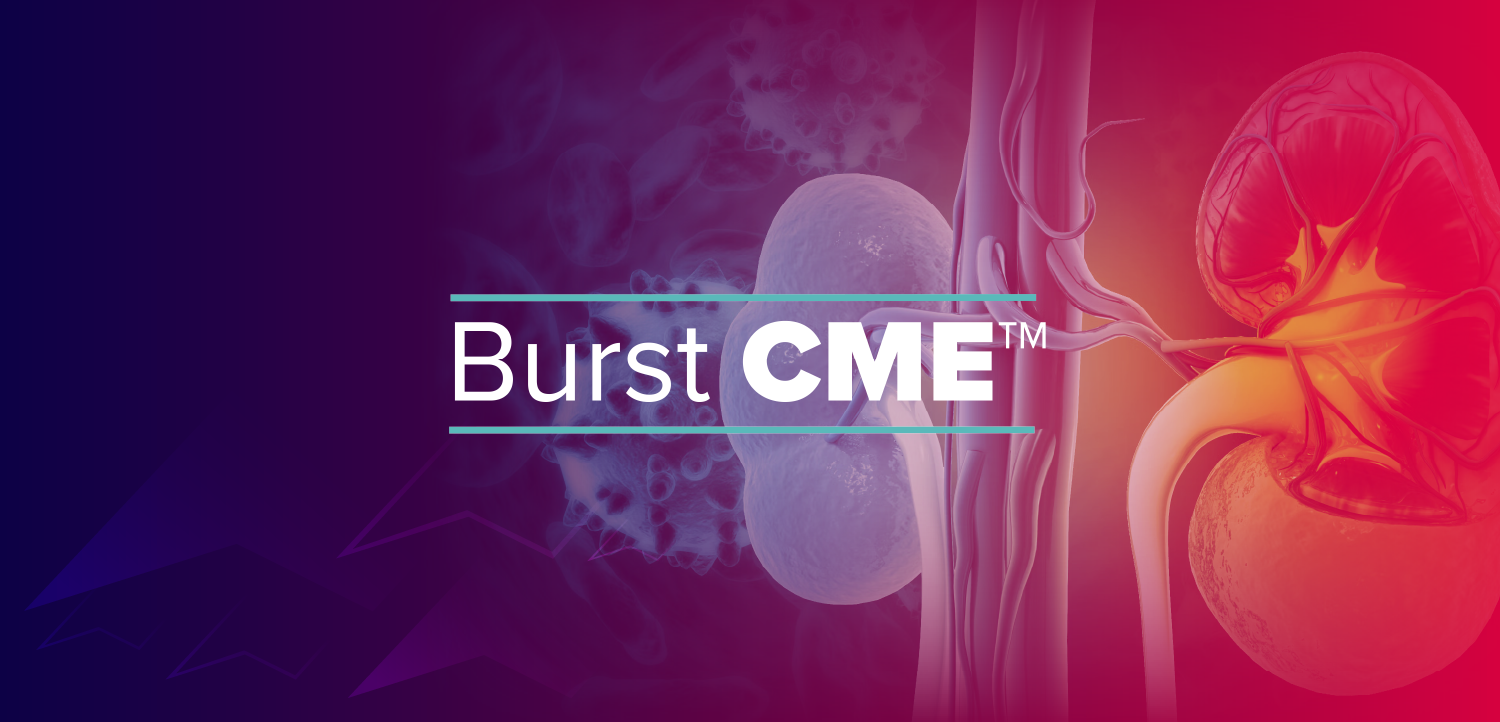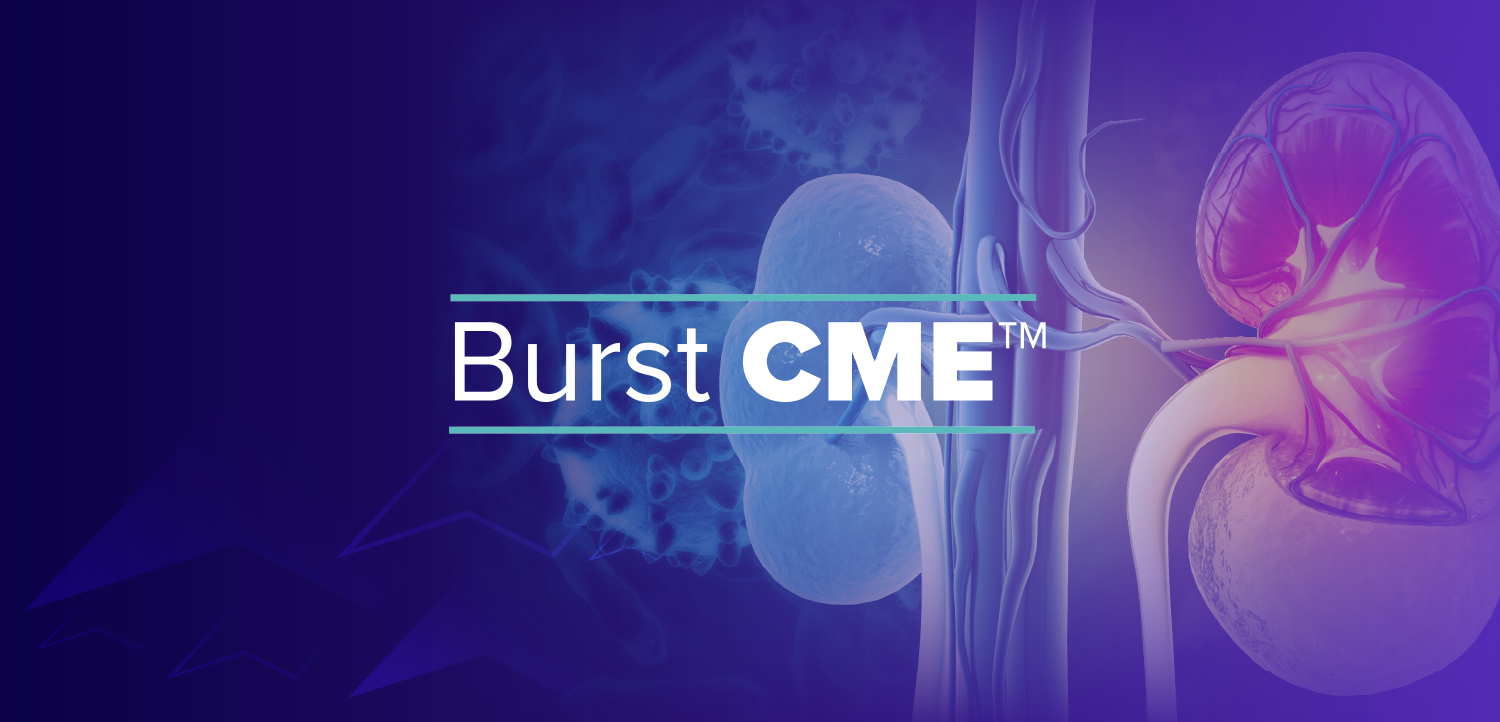
Rethinking First-Line Treatments: Will BCG Continue to Be the Standard in NMIBC?
Panelists discuss the evolving non–muscle-invasive bladder cancer (NMIBC) treatment landscape, emphasizing a shift away from BCG monotherapy for lower intermediate-risk patients toward combination and novel therapies for high-risk disease, while highlighting ongoing challenges related to toxicity, cost, BCG shortages, and the need for refined patient selection through biomarkers and precision medicine.
Episodes in this series

The landscape of treatment for non–muscle-invasive bladder cancer (NMIBC) is evolving rapidly, with multiple new agents emerging alongside the long-established BCG therapy. While BCG monotherapy has been the standard first-line treatment, particularly for intermediate- and high-risk patients, its role is increasingly being reconsidered. For lower intermediate-risk disease, many experts believe the era of BCG monotherapy may be waning, reflecting changes in clinical practice and guidelines. However, for high-risk NMIBC, the picture remains less clear. Several ongoing trials are exploring combinations of BCG with novel immunotherapies and gene therapies, showing promising results that could potentially improve outcomes beyond what BCG alone has traditionally offered.
The shift in treatment paradigms also raises important considerations around toxicity and cost. Some new therapies, such as checkpoint inhibitors combined with BCG, offer improved recurrence-free survival but come with higher rates of immune-related adverse effects. Moreover, the financial impact of introducing these expensive agents is a significant concern, especially given the already high costs associated with bladder cancer management, including repeated surgeries and surveillance. Payers and health care systems may increasingly demand clear evidence of cost-effectiveness before widely endorsing these new options. As a result, BCG’s affordability, long history of use, and familiarity among urologists suggest it will likely remain a cornerstone of treatment for the foreseeable future, particularly while the shortage of BCG persists.
Going forward, a more refined approach to patient selection will be critical. Enhanced risk stratification using biomarkers and other clinical factors may help identify which patients benefit most from traditional BCG versus newer therapies or combination regimens. This precision medicine approach could optimize treatment efficacy while balancing toxicity and costs. Meanwhile, efforts to address BCG shortages—such as the introduction of recombinant BCG strains—are underway and may improve availability. Ultimately, the treatment of NMIBC in the next decade will likely involve multiple therapeutic options tailored to individual patient risk profiles, rather than a one-size-fits-all reliance on BCG alone.
Newsletter
Stay current with the latest urology news and practice-changing insights — sign up now for the essential updates every urologist needs.


















